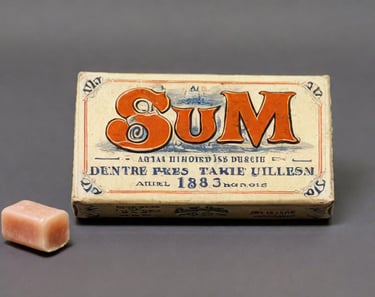Why Were Vending Machines Made
Vending machines are ubiquitous in today's world, offering a quick and convenient way to purchase a variety of products. But have you ever wondered why vending machines were invented in the first place? This blog explores the history and the original motivations behind the creation of vending machines, shedding light on how these automated dispensers came to be a staple in our everyday lives.
The Origins: Why They Were Invented
The Early Beginnings
The concept of vending machines dates back to ancient times. The earliest known vending machine was created by Hero of Alexandria, a Greek engineer, in the 1st century AD. Hero’s machine dispensed holy water in exchange for a coin. When the coin was inserted, it fell onto a pan attached to a lever, which opened a valve, allowing water to flow out. This early invention addressed the need for controlled and measured dispensing of a valuable resource in religious settings. Similar Blog
The Industrial Revolution and Commercial Vending
The next significant development in vending machines occurred in the 19th century during the Industrial Revolution. This period saw rapid technological advancements and a growing consumer culture. In 1883, Percival Everett introduced the first modern coin-operated vending machine in London, which sold postcards. This invention was primarily driven by the need to provide convenient access to goods outside of regular business hours.
Meeting Consumer Demand
The late 19th and early 20th centuries saw the proliferation of vending machines, particularly in the United States. The Stollwerck brothers in Germany and the Thomas Adams Gum Company in the U.S. were pioneers in using vending machines to sell chocolates and chewing gum, respectively. These machines were invented to meet the increasing demand for quick and easy access to popular consumer products. They provided a way for businesses to sell goods in various locations without the need for a sales clerk, thus reducing labor costs and increasing profit margins.
Expanding Product Range
As the concept of vending machines gained popularity, their use expanded to include a wide range of products. By the early 20th century, vending machines were dispensing everything from stamps and cigars to newspapers and candy. This diversification was driven by the need to cater to a broad audience and maximize the utility of vending machines in different settings, such as train stations, factories, and schools.
Technological Advancements
The invention of vending machines was also closely tied to technological advancements. The development of reliable coin mechanisms and the ability to produce durable and secure vending units enabled the widespread adoption of these machines. Additionally, the rise of electricity allowed for the creation of refrigerated vending machines, which could keep perishable items fresh and significantly broaden the types of products that could be offered.
Convenience and Efficiency
At their core, vending machines were invented to provide convenience and efficiency. They serve as a means to quickly and easily access goods without the need for human interaction. This is particularly valuable in high-traffic areas or locations where staffing a store around the clock is impractical. Vending machines reduce wait times and offer a self-service option that is appealing to many consumers.
Modern Motivations
Today, vending machines continue to evolve, incorporating advanced technologies such as touchscreens, cashless payment systems, and internet connectivity. These innovations further enhance the convenience and efficiency that motivated the original invention of vending machines. The modern push towards automation and on-demand services is a testament to the enduring relevance of the core principles that led to the creation of vending machines.






